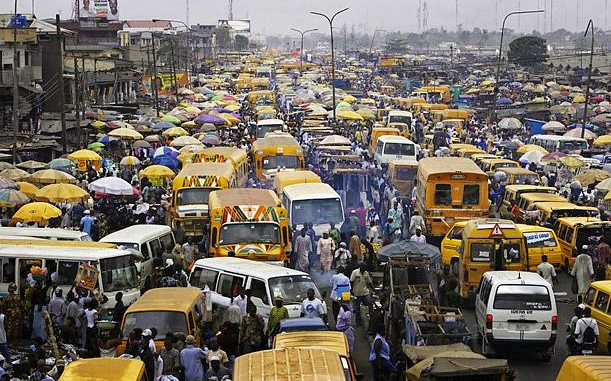Global measurement company, Nielsen, said Nigeria has again declined in the prospects rankings of African countries, falling further three places from its previous ranking to seventh position on the firm’s 2016 African Prospects Indicator (APi) ranking.
According to the firm, while Nigeria topped its inaugural APi ranking in the first quarter of 2015, the country subsequently dropped to the fourth position in the second half of 2015.
“Nigeria topped the inaugural list in Quarter 1, 2015, but has subsequently dropped to a more moderate fourth position in the second half of 2015, and currently falls a further three places to seventh position,” the firm said.
“Its retail, macro and business prospects have deteriorated, with the macro and business indicators, ranking eighth and sixth respectively.” Nielsen noted that market conditions in Nigeria have remained extremely constrained, following the slump in oil prices.
It added that fuel and power supply issues, the foreign exchange crisis, as well as the naira’s devaluation have also impacted the economy. In April this year, the International Monetary Fund (IMF) revised the Nigerian 2016 growth rate down from the original forecast of 3.2 per cent to 2.3 per cent.
The five main reasons for this were: lower oil price, shortfalls in non-oil revenues, deterioration in finances of state and local governments, increased disruptions in the private sector activity due to constraints in access to foreign exchange, and a resurgence in security concerns,” the firm stated.
Nielsen said Cote d’Ivoire, Kenya and Tanzania maintain the first, second and third place on it latest prospects ranking and currently provide more stable investment destinations than the larger economies of Nigeria, South Africa and Angola that have lower expectations.
The firm further stated that results reported in the 2016 APi (the third edition) are based on multiple, weighted data as at Quarter 1, 2016. The study covers multi dimensional, comparative indicators for nine of Africa’s leading markets, where common measurement information is available, and is representative of 70 per cent of Sub Saharan Africa’s GDP and 48 per cent of the population.














